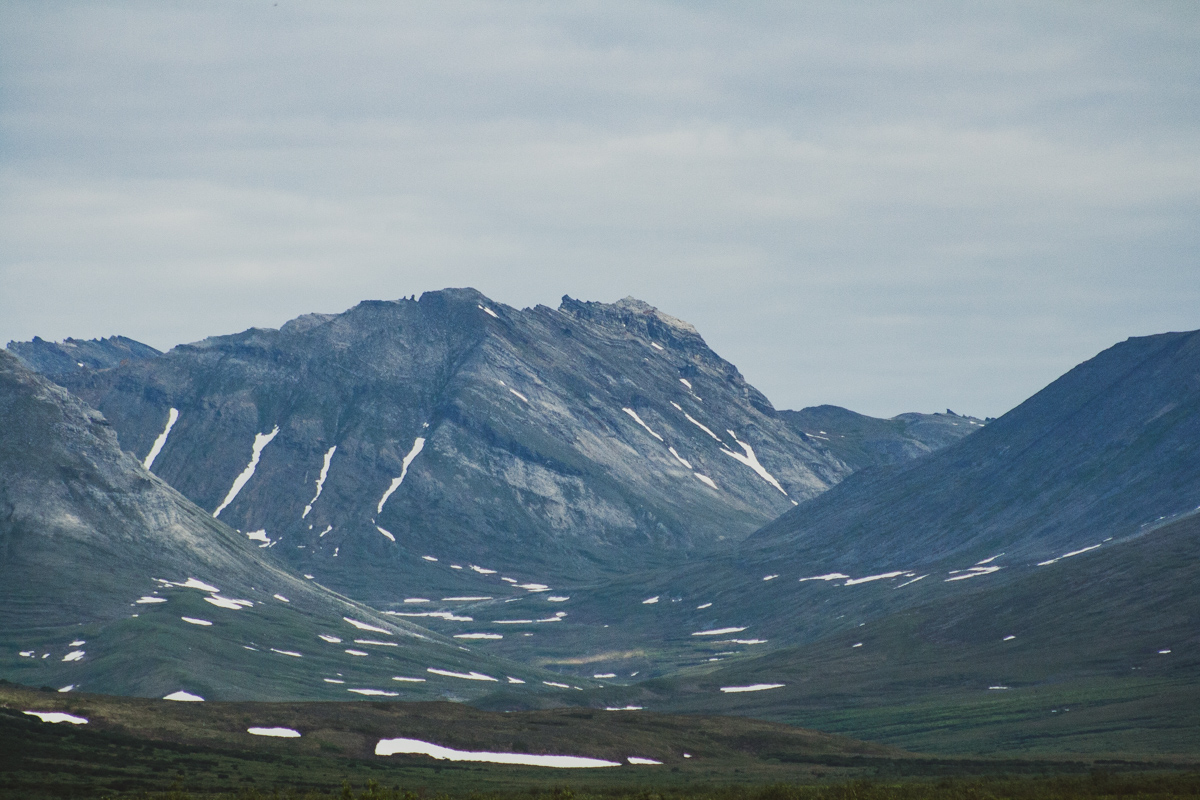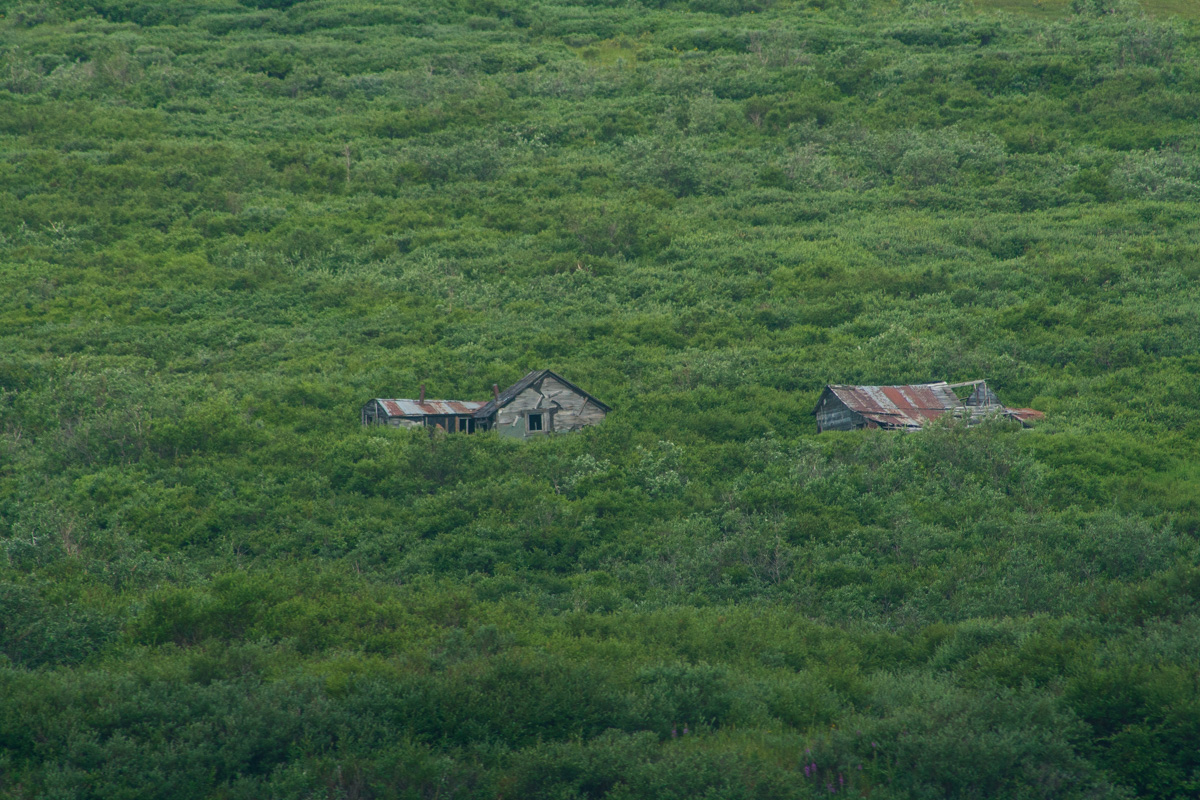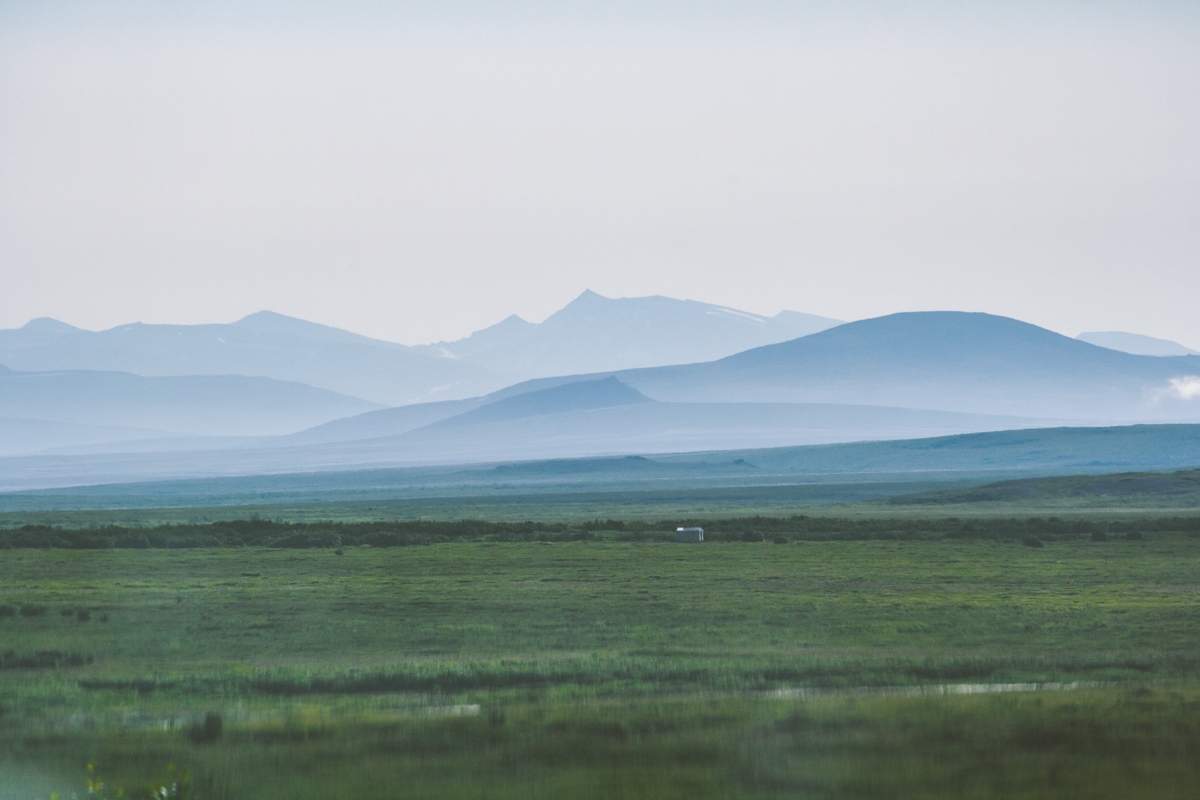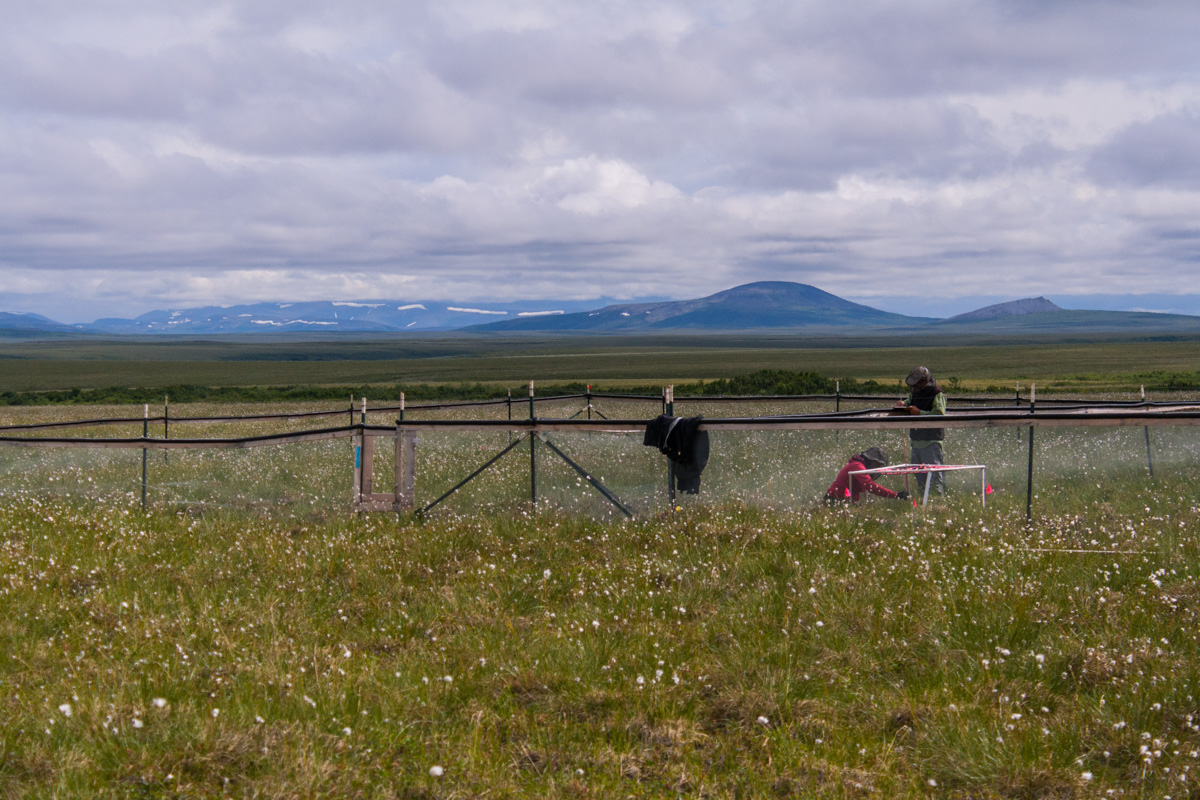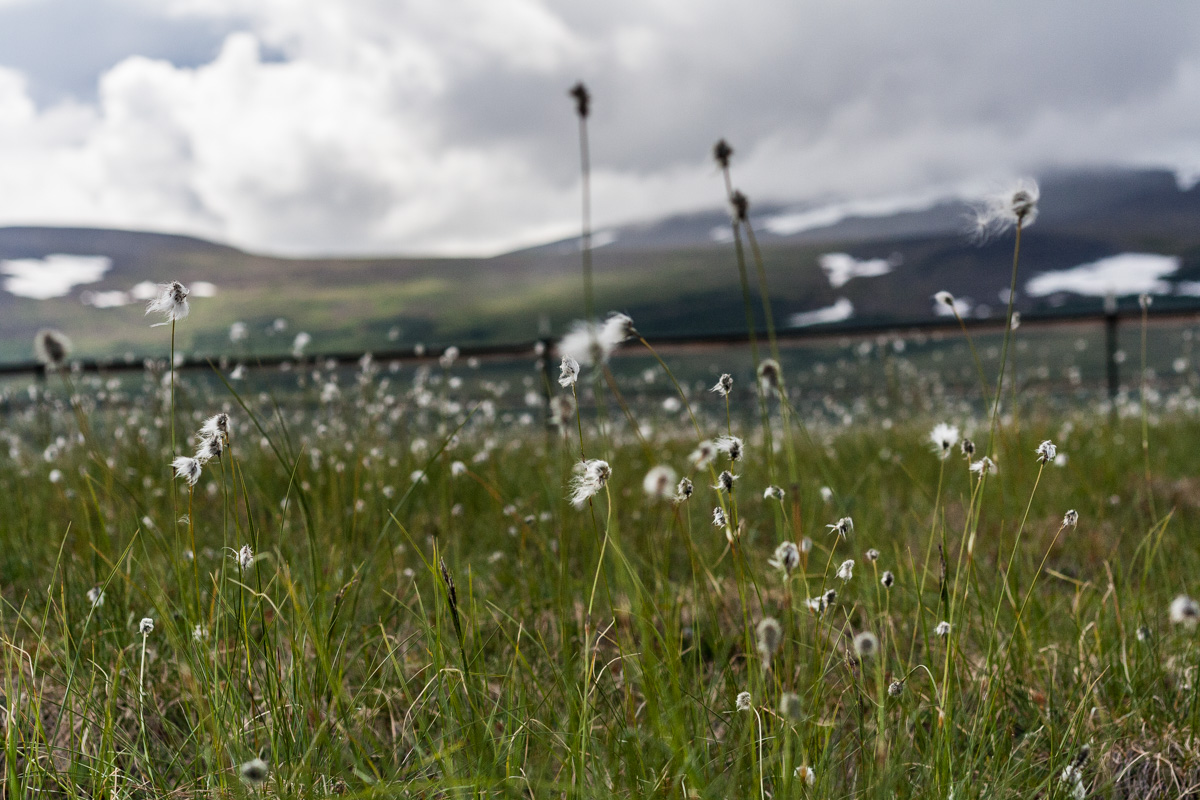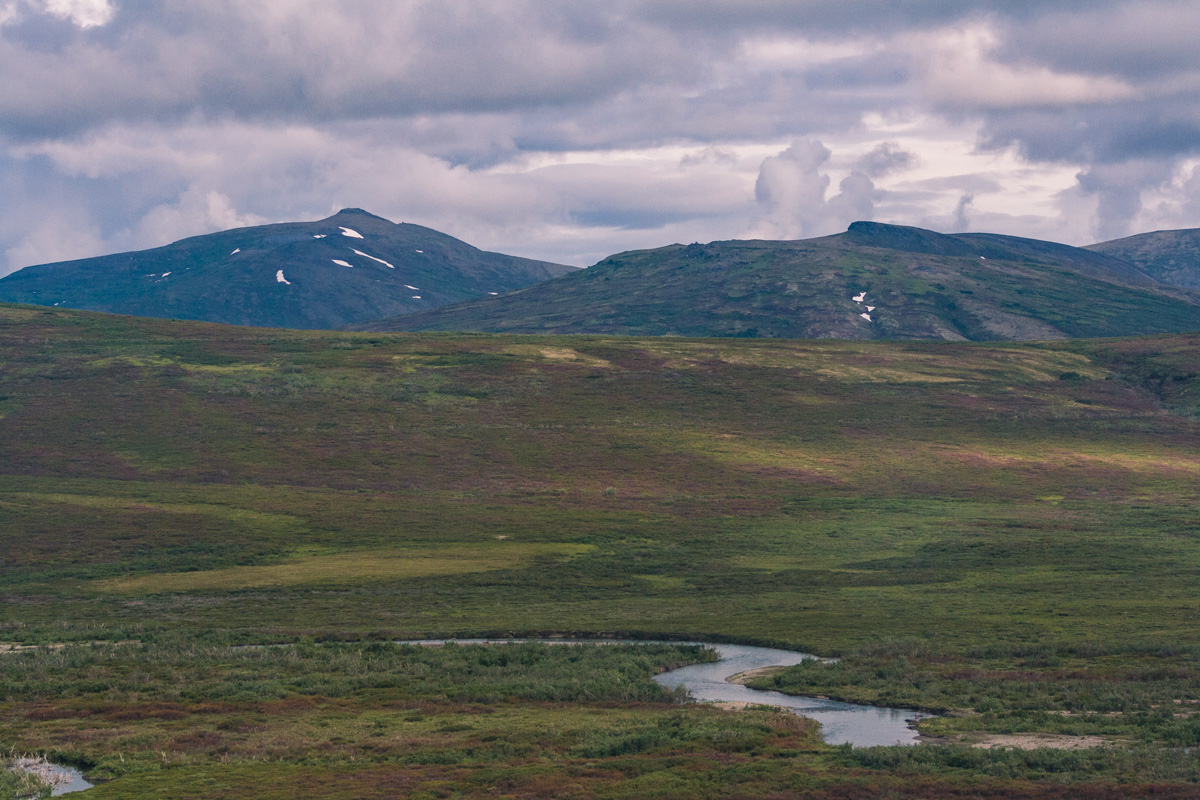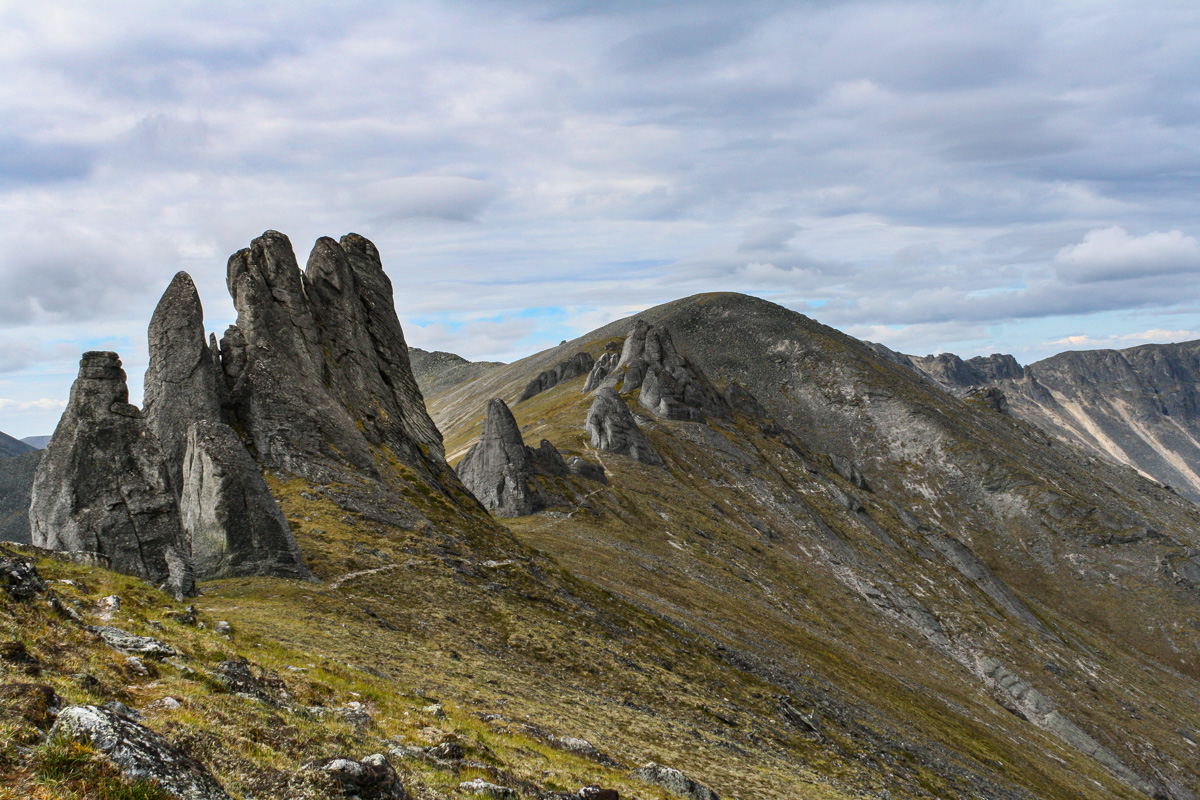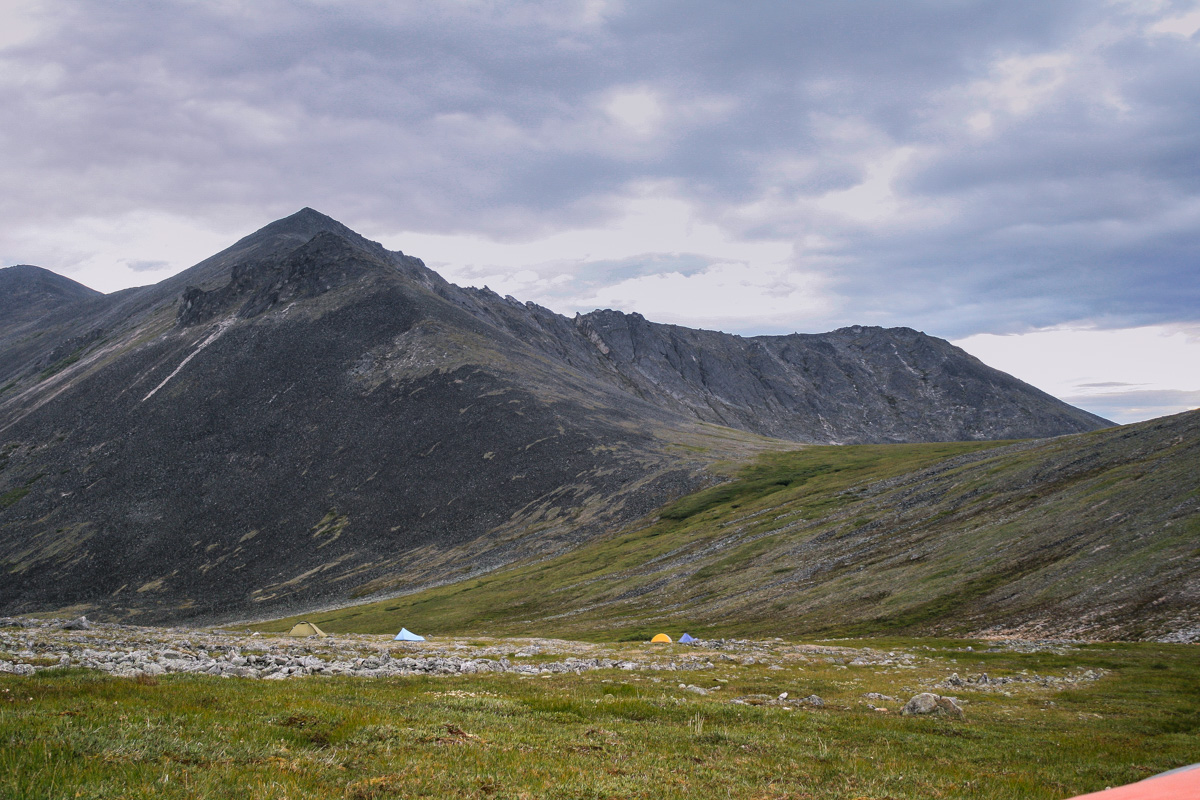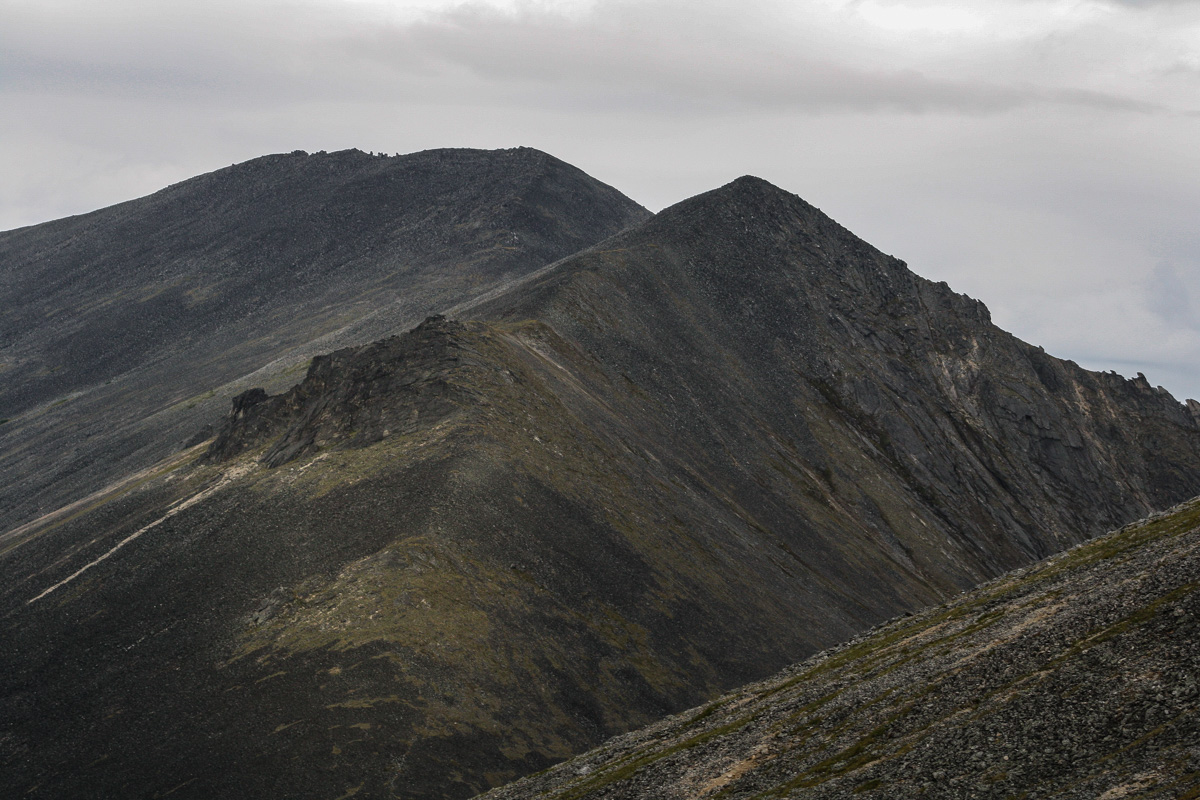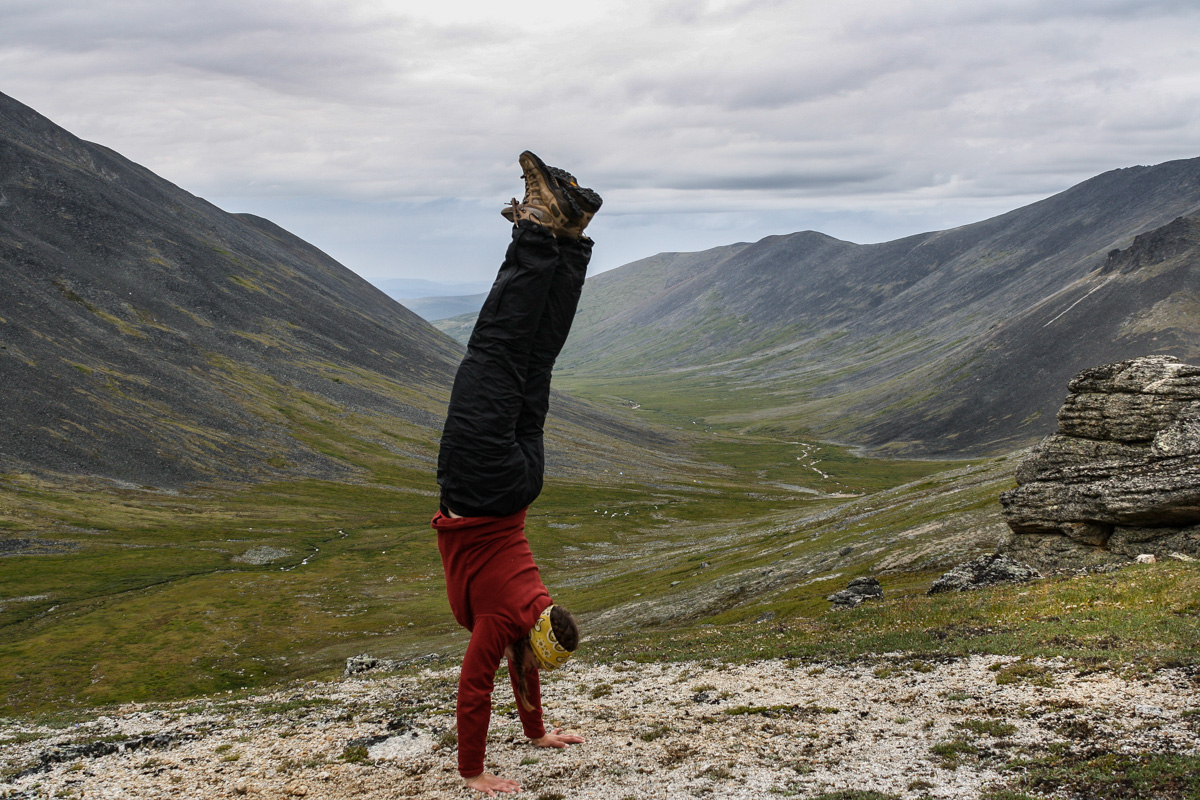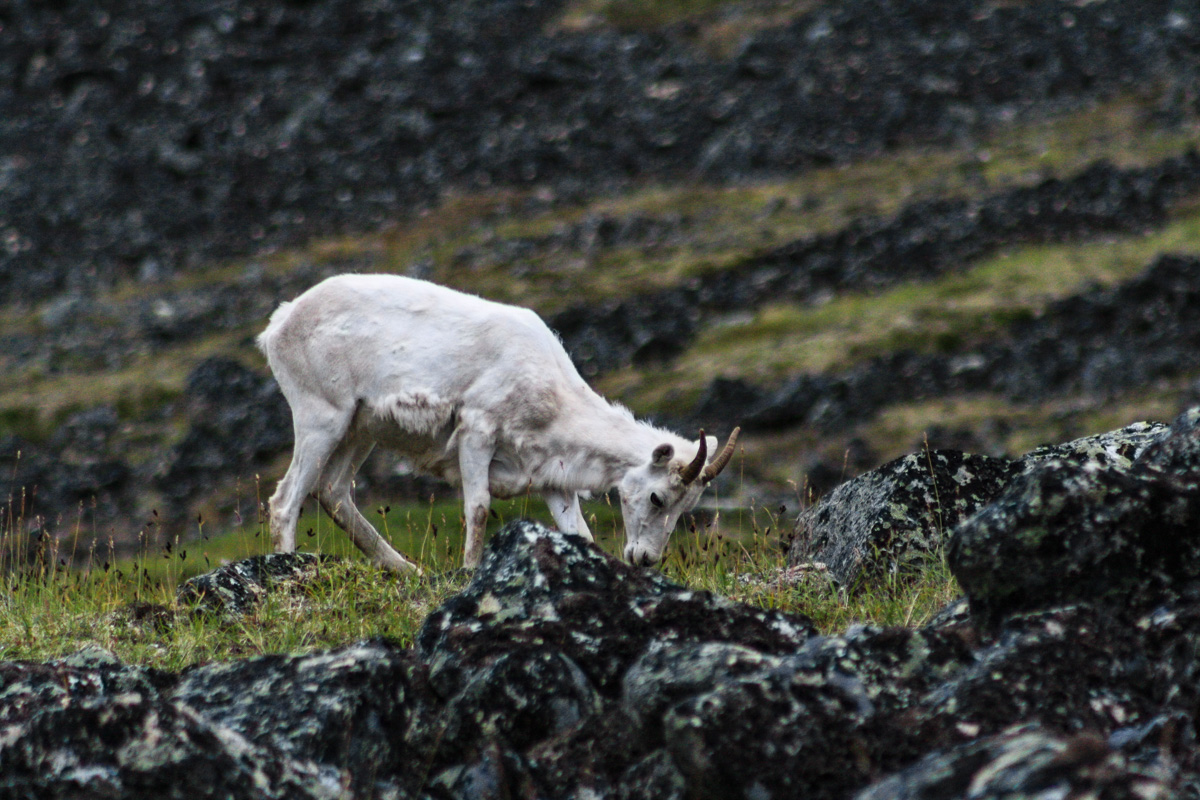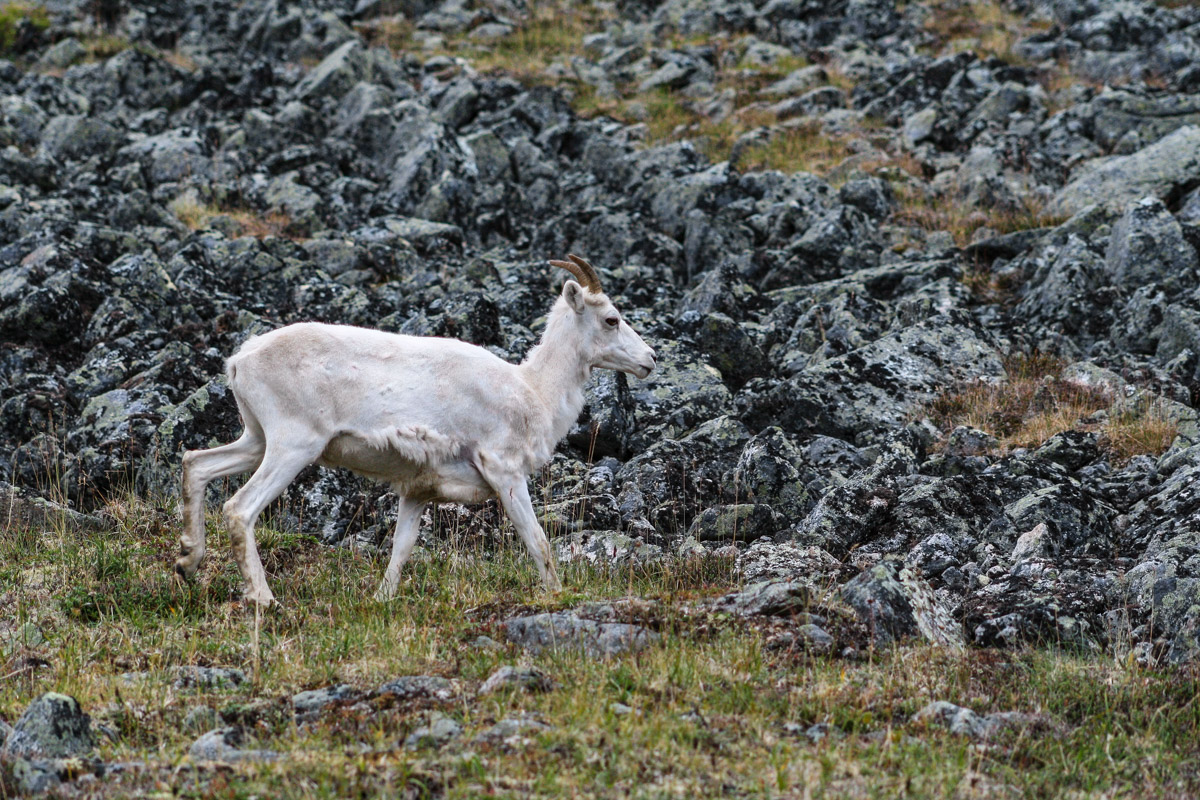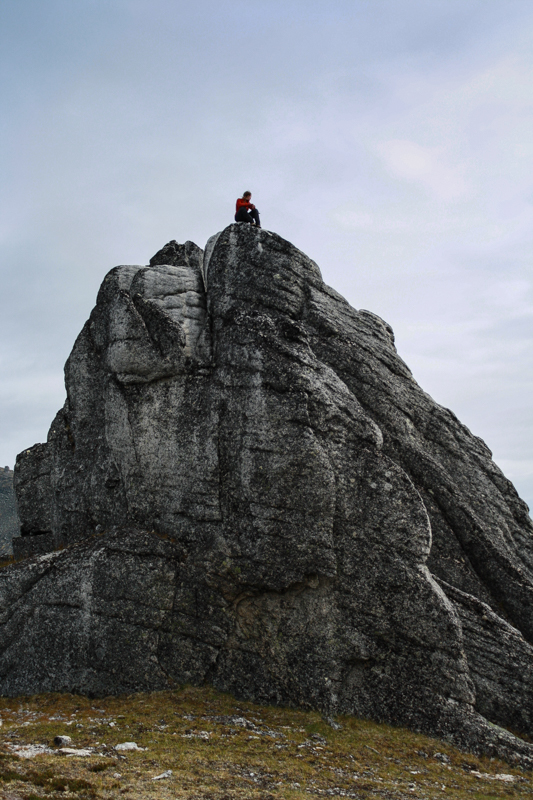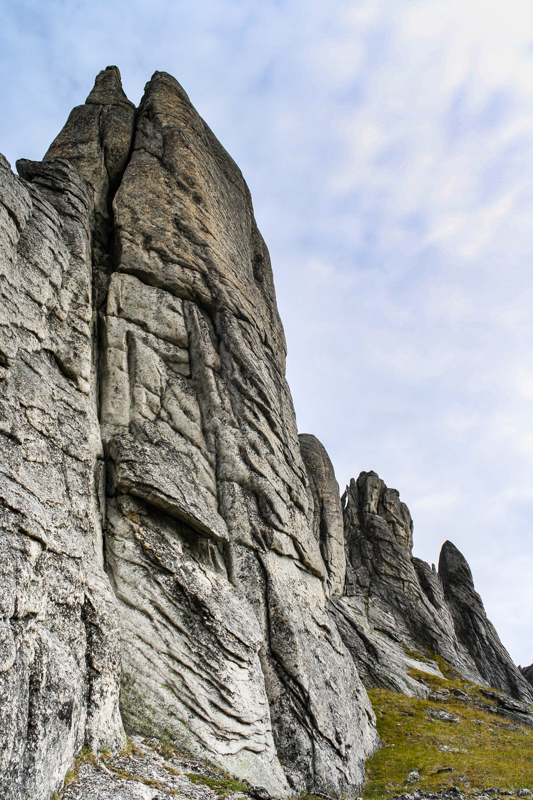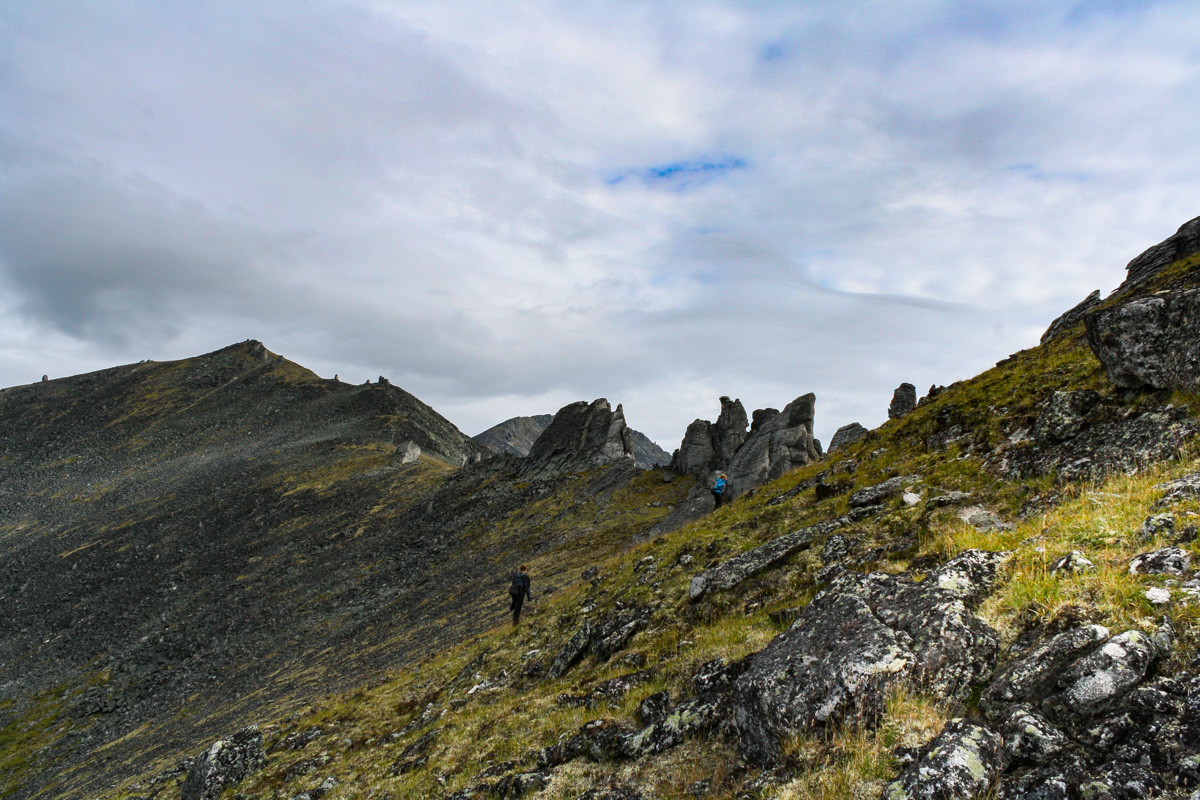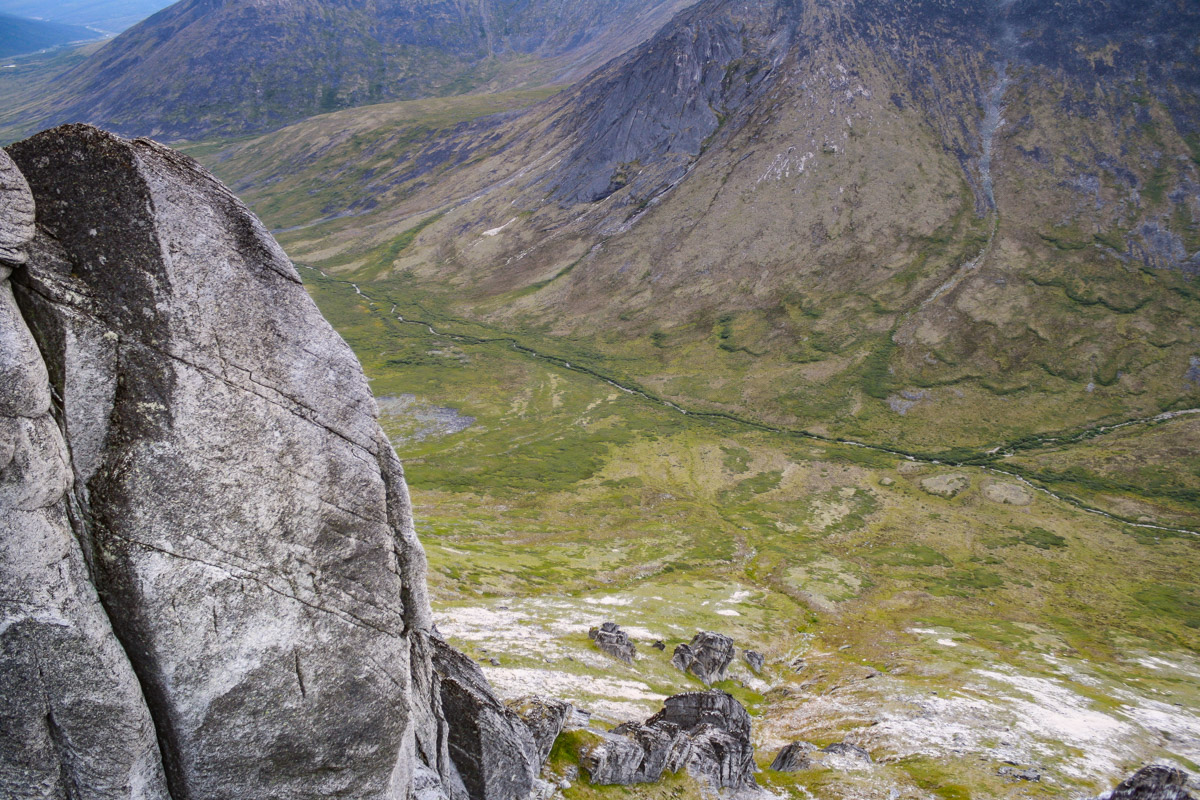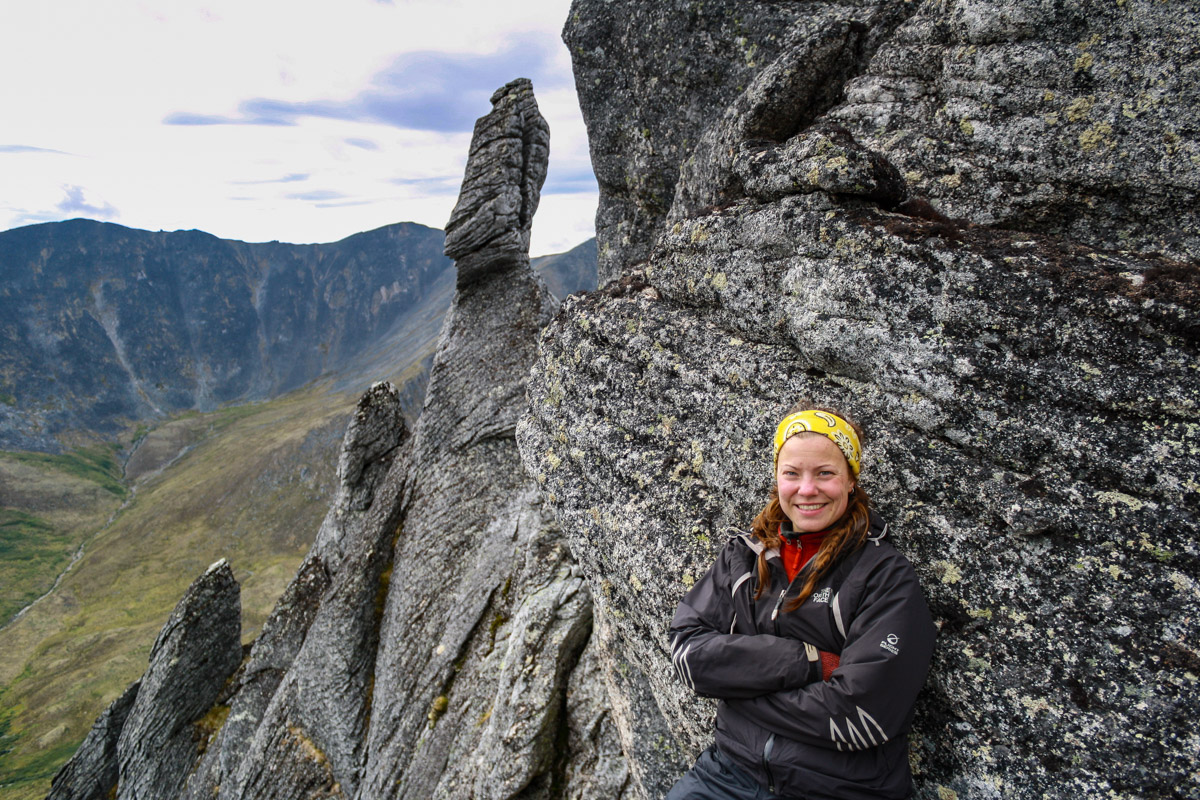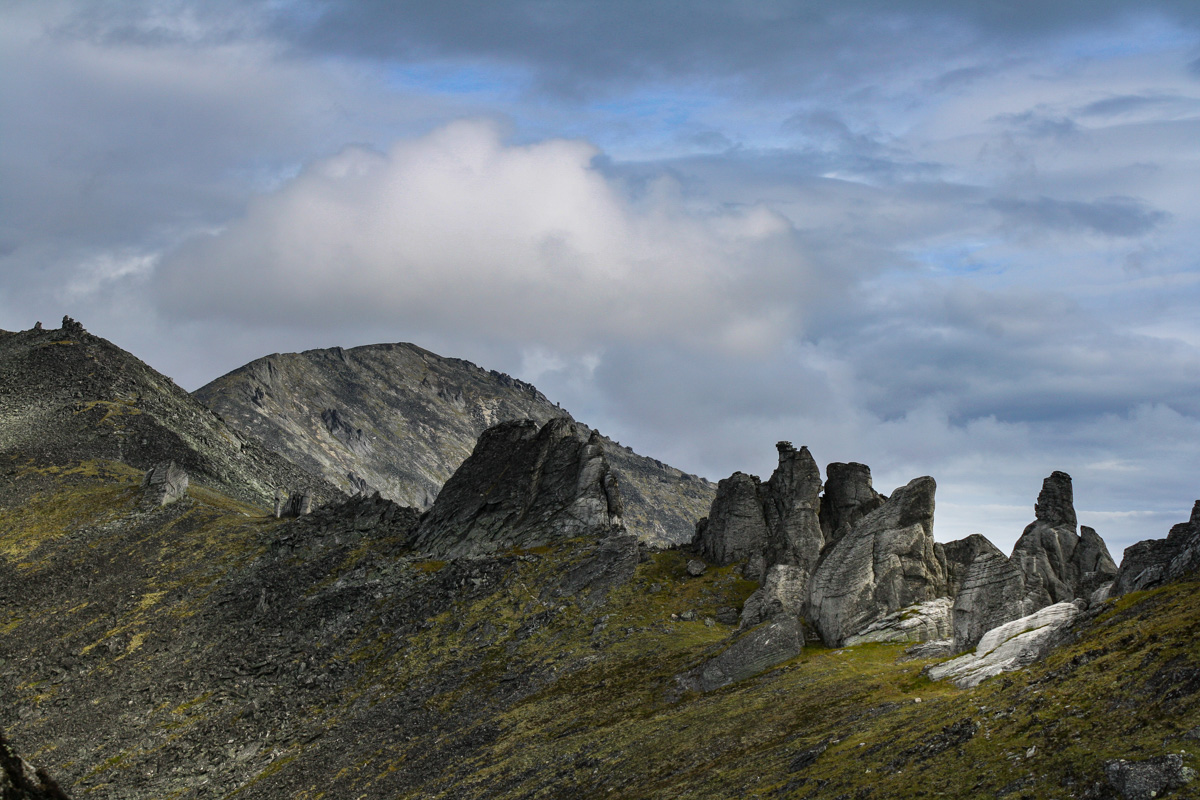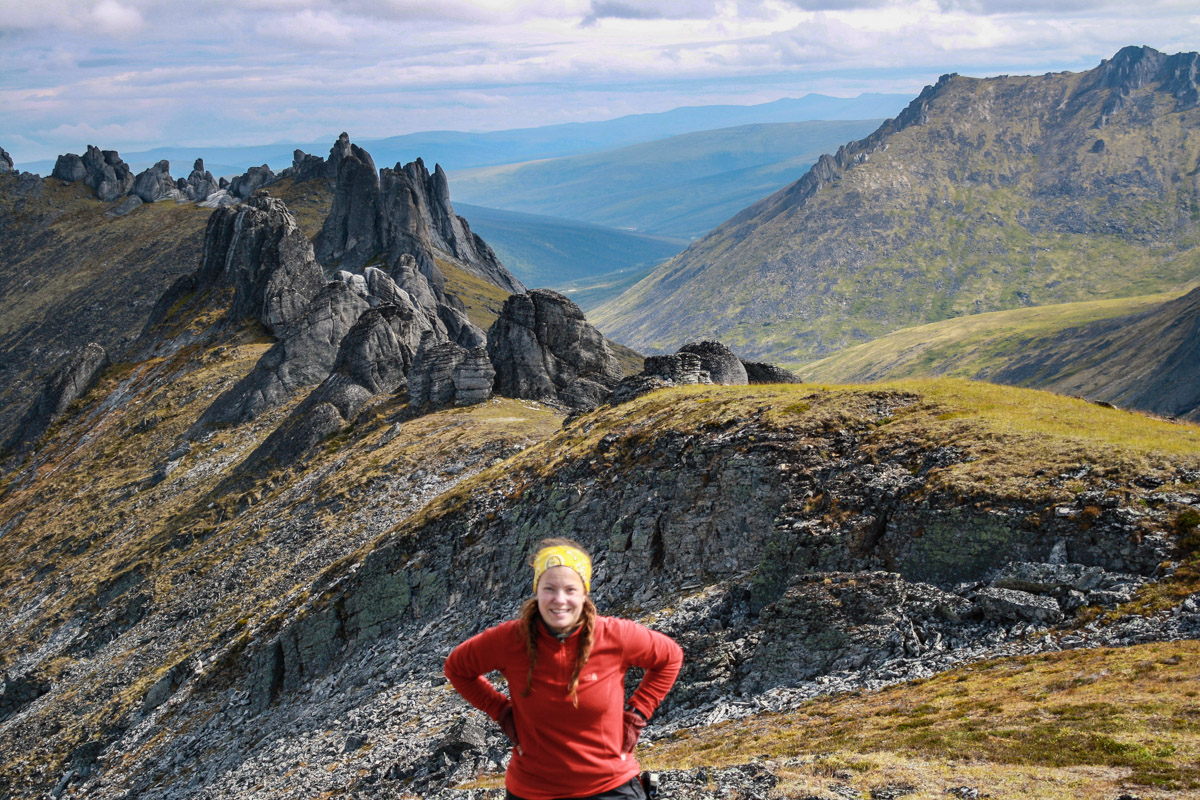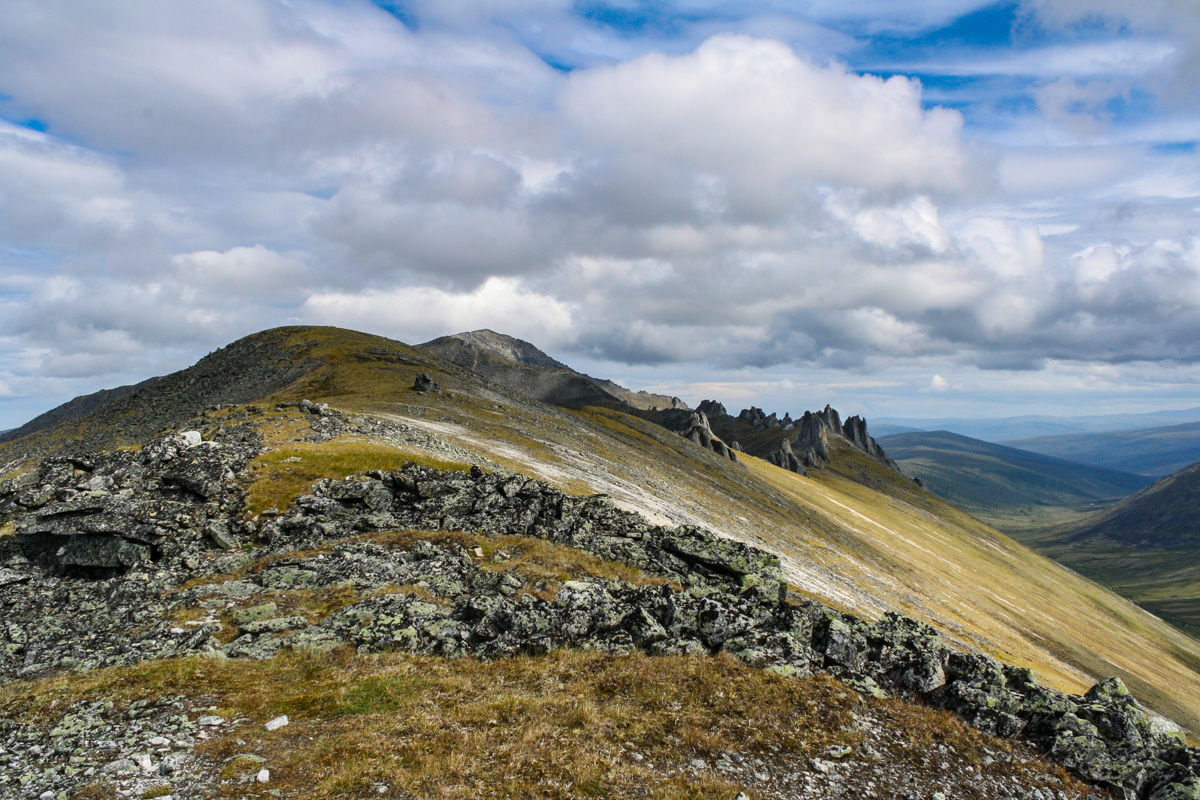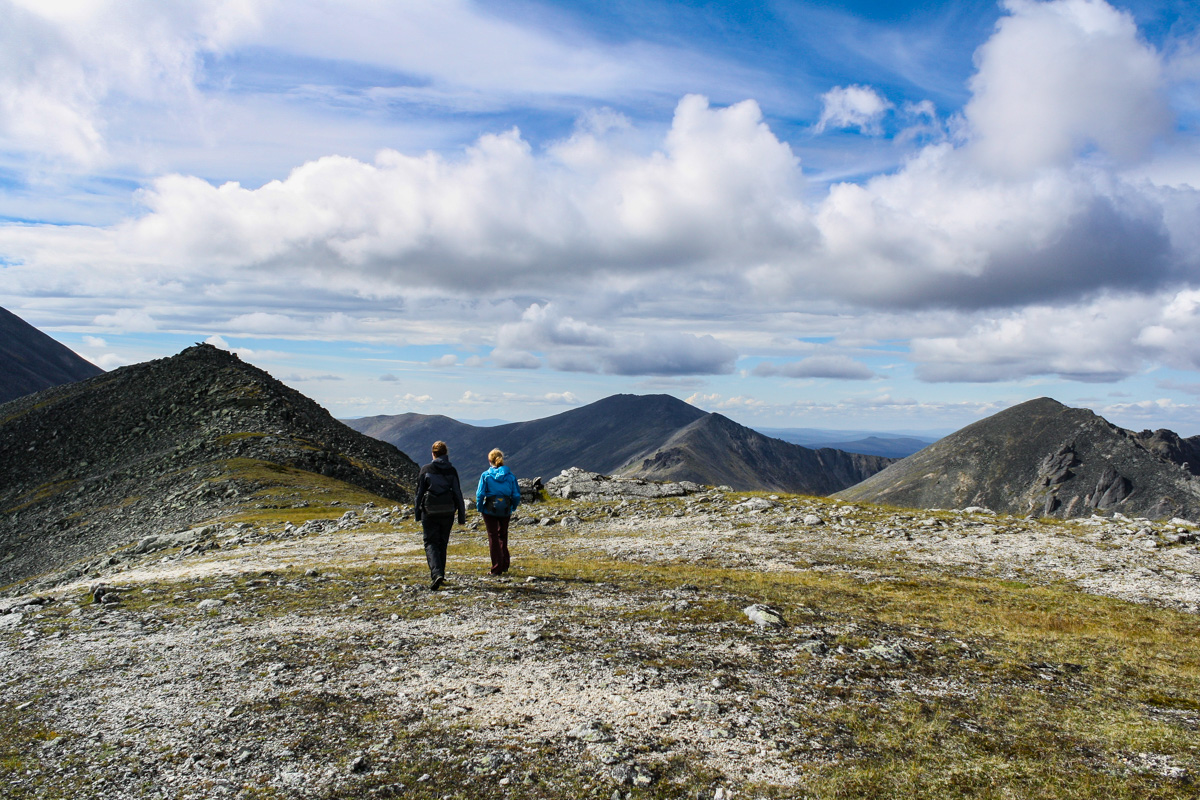Flashback Friday
Fieldwork in Nome, Alaska
July 2018
I was lucky enough to help out with some fieldwork in Alaska again, and what a whirlwind the days before that was. We pretty much packed up all of our belongings and put them in a big container, to be shipped to NYC (well Actually, New Jersey) at a later date. We scrubbed and cleaned our place from top to bottom. Not that it was super dirty, but that is how I am, I want to leave it all clean. It was also because our friends were going to move in after us. Luckily we arrived in NYC and Manhattan, East Harlem on one of the hottest weekend, we reached 104F or so….. First, we struggled to find parking. After that we made a lot of trips back and forth to the car, until we finally were done. The apartment wasn’t that cool either, but it had AC’s, which we quickly turned on as we tried to survive this heatwave. As we sat down in the living room with a beer that evening I saw a mouse in our house. Two days later I was watching mountains and glaciers from an airplane window on my way back to Alaska and this time Nome, where the temperature was looming around 50F. It did reach 70F just in time for my birthday.
Summers in Alaska are almost like a fairytale. The endless nights will keep you up longer than you should, but come morning you still have enough energy to last through the day, and night again, and again and again. We spent an hour or so in the truck every morning to get out to the field site. Away from the ocean and the small town, towards the mountains and the wilderness, and the end of the road. The only way to get to Nome in the summertime is by plane, or boat I suppose. In the wintertime you can mush, snow mobile, ski, walk or bike as well. It’s strange to think about, a place in the wilderness isolated from the rest of the world. And out there in the mountains you are really isolated from the world. It makes it even more important to think about safety. If you hurt yourself out here, breaking a leg or god forbid cut yourself in the thigh you are in trouble. Almost everyone I know cary a pocket knife, or knife of some sort when they are out in the field. You need to to cut zip ties, or anything else you probably would never have thought of before. But it is important to know where and on what surface you are cutting something. It almost comes natural to place things in your lap and fix them, but if you slip with your knife on your thigh you’ll bleed to death before you could ever get back to cell service and the hospital out here. There is a reason why it’s a really good idea to have the wilderness first responder class in your backpack. I do not have that, but I have taken a couple of short classes about general safety in the field. Those are far from the deep knowledge you will get from the NOLS class though. Have you taken any safety classes focused on adventures in the wilderness? I am going to try to take one of those classes next time the opportunity comes up.







